
Baltic and Heuglin's Gull - Photo Essay
Introduction
Baltic Gull Larus fuscus fuscus (hereafter fuscus) was once thought to be a regular winter visitor and passage migrant to Britain, with small, blackish-looking Lesser Black-backed Gulls routinely assumed to be fuscus. However, Jonsson (1998) highlighted that fuscus and intermedius Lesser Black-backed Gull overlap in structure, upperpart tone and primary pattern. Moreover, he was unconvinced by British recoveries of birds ringed as fuscus (Jonsson, 1998, p.302). Buckingham (1998) also questioned the credibility of British fuscus records (specifically winter records), suggesting that descriptions point strongly to birds having been intermedius. In terms of assessing the occurrence of fuscus, in Britain, the implication of these 1998 papers was that we needed to start afresh.
Jonsson's (1998) work and, to a lesser extent, that of Rauste (1999) and Gruber (1999) drew attention to the appearance of young fuscus and the potential use of moult in separating fuscus from intermedius. Armed with this literature, birders tentatively identified one or two fuscus candidates in Britain and, most recently, Northern France. However, recent observations have shown that intermedius can show fuscus-like moult (http://www.geocities.com/birdsnaps). Whether fuscus can be identified reliably outside of its normal range therefore remains the focus of debate among gull enthusiasts. In this context, it is rather unfortunate that the current annual Scottish Bird Report (Murray, 2001) lists no fewer than nine Scottish fuscus records for the year, including 7 at Cramond (near Edinburgh) on 3rd January.
Having kept up with the identification debate and searched unsuccessfully for fuscus in Aberdeenshire, North-east Scotland, we decided that a trip to Finland was called for. In late July 2001 we spent seven days in Sweden and Finland, primarily at Tampere rubbish dump in SW Finland where many fuscus were present. It would be naive to think that our few days of observation could add substantially to the knowledge of this complex gull. Hence, the aim of this photo essay is simply to present images from the trip that might prove useful to other birders looking for fuscus in Britain or Western Europe. The photographs included here were selected to illustrate a range of age groups and individual variation in structure, plumage and moult. Captions highlight features of interest with respect to individual birds seen on the trip; we have not attempted to repeat identification features already highlighted in the literature.
While at Tampere we were also fortunate enough so see approximately 10 L. (f) heuglini (Heuglin's/Siberian Gull). Photos of some of these birds are also presented, again with the simple aim of documenting their appearance. We stress that our identification of heuglini is tentative and there remains a possibility that some are out of range intermedius or graellsii.
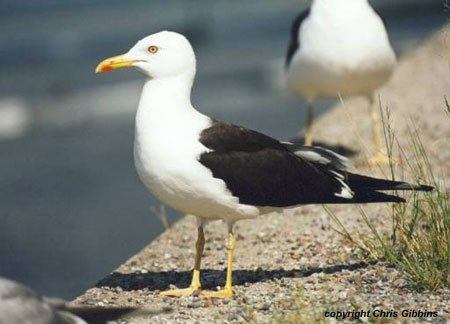
Plate 1. Adult fuscus, Stockholm, 20/07/01. A beautiful, slender individual. Birds such as this may appear little bigger than Ring-billed Gull although, as can be seen by comparing this individual with plate 2, there is much variation in structure.
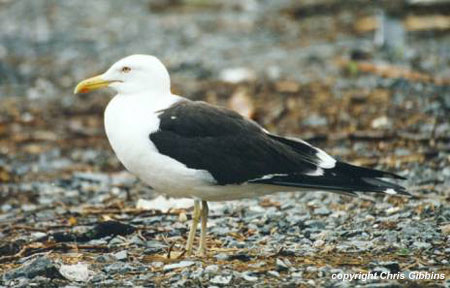
Plate 2. Adult fuscus, Tampere, 22/07/00. A rather large, robust individual. Structurally, would this bird stand out in a group of intermedius?
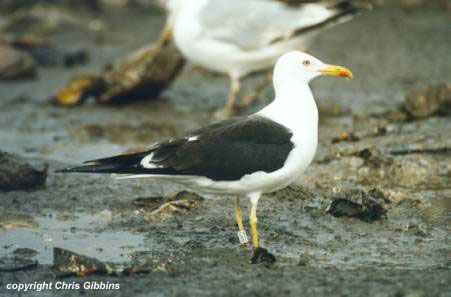
Plate 3. Adult or near adult fuscus, Tampere, 22/07/01. Adults in July were rather worn and showed the distinct mahogany cast to the upperparts described by Jonsson (1998). This colour hue was very clear in the field but difficult to describe and capture in photographs. The small head makes the bill of this individual look rather large. Ageing of older immatures can be difficult; the contrasting brown inner greater covert just visible on this individual may suggest that it is not fully mature(?).
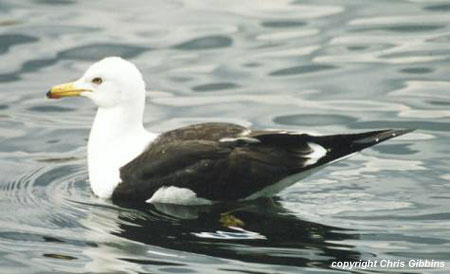
Plate 4. 3cy fuscus, Stockholm, 20/07/01. Second summer fuscus are typically rather mature-looking. The black markings on the bill of this individual are one of the few clear signs of immaturity (although the contrast between the newer, blackish P1-8 and the older, browner outer two feathers is just visible on this photo).
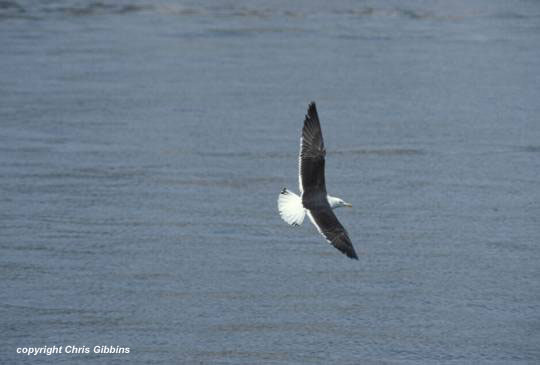
Plate 5. 3cy fuscus, Stockholm, 20/07/01.
